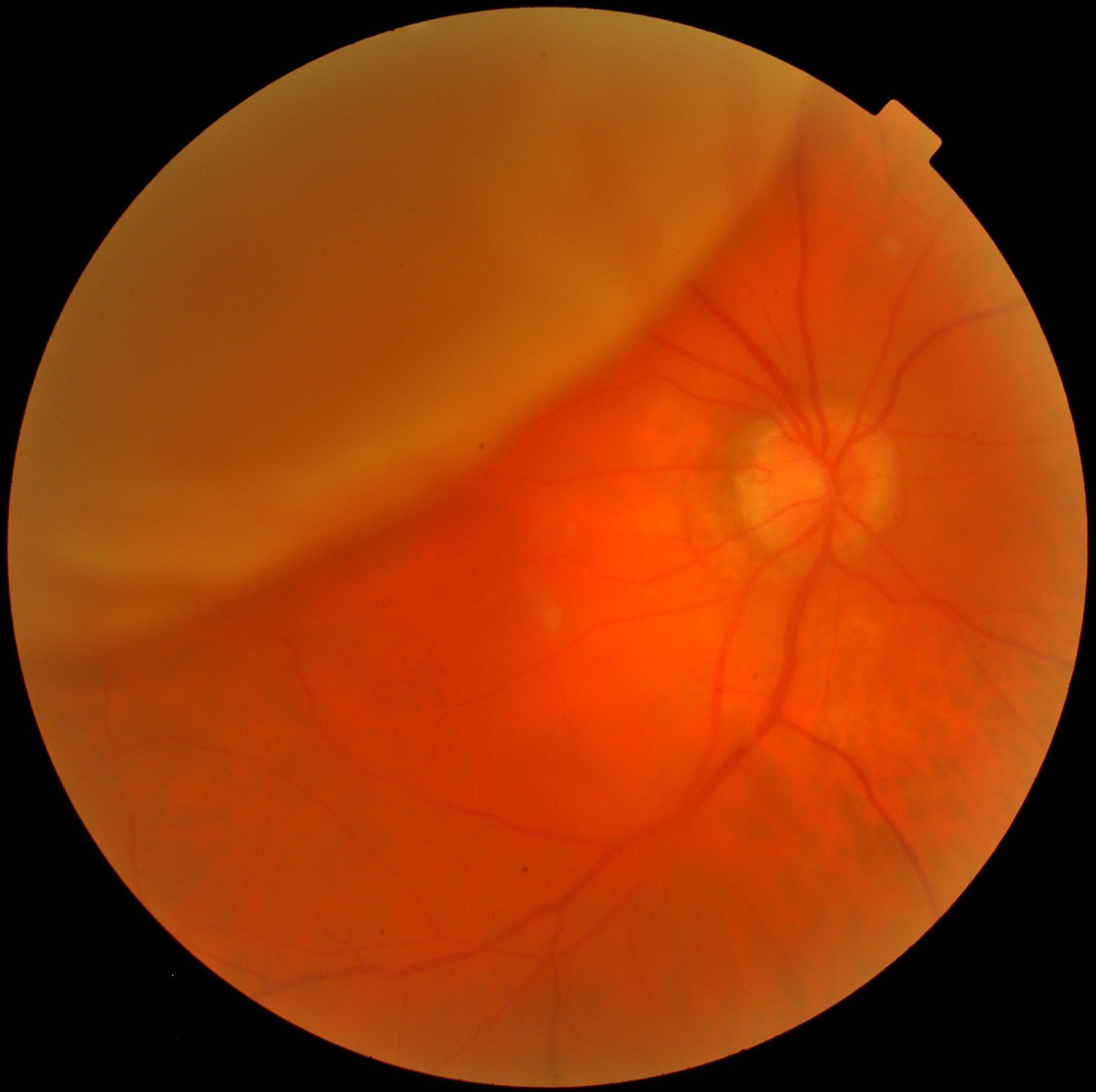What is retinal detachment?
Retinal detachment is a condition of the eye in which the retina (a thin membrane consisting of rods and cones and nerve fibres at the back of the eye) separates from the underlying tissue.
How does retinal detachment in children present?
In children retinal detachment presents in the form of vision loss, visual field loss, whitish reflex in the eye (Leukocoria), appearance of squint or shrinkage of the eyeball. In about 7% of cases both eyes are affected.
What are the causes of retinal detachment?
Retinal detachments are much more common in adults than in children but may develop in children secondary to trauma, eye surgery, presence of genetic syndromes and high myopia. It may be associated with other eye abnormalities such as coloboma, cataract, retinopathy of prematurity or retinoblastoma etc.
What are the forms of retinal detachment?
The commonest form of retinal detachment is rhegmatogenous retinal detachment which implies a retinal detachment associated with a tear or break in the retina. Another form of retinal detachment is called tractional retinal detachment. This is refers to a condition where there is a pull on the retina which causes it to get separated from the underlying tissue. It may be seen in special situations such as persistent fetal vasculature, retinopathy of prematurity (ROP) and uveitis (internal inflammation of the eye). A third form of retinal detachment called exudative retinal detachment is rarely seen in children. In this, accumulation of thick fluid behind the retina causes it to get lifted off the underlying tissue layer. It is seen in some diseases such as familial exudative vitreoretinopathy (FEVR) or Coat’s disease.

How is retinal detachment treated?
Management of retinal detachment in children is particularly challenging due to presence of underlying eye abnormalities, differences in anatomy of pediatric eyes and late presentation of the disease. The treatment of retinal detachment is surgical and generally, a complex vitrectomy surgery is required to help settle the retina. There may be incomplete gain in vision after surgery and secondary abnormalities such as cataracts, glaucoma and squint may develop.
![DigvijayProfile[1]](https://drdigvijaysingh.com/wp-content/uploads/2017/11/DigvijayProfile1.jpg)
